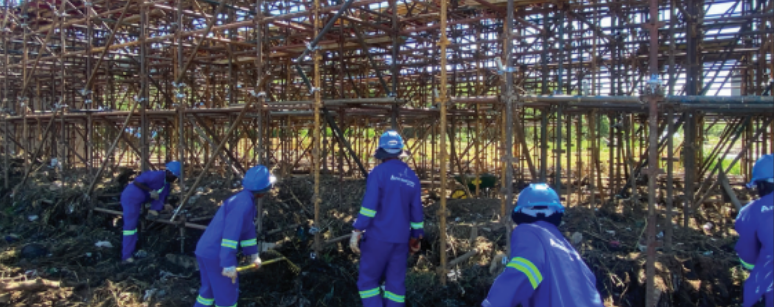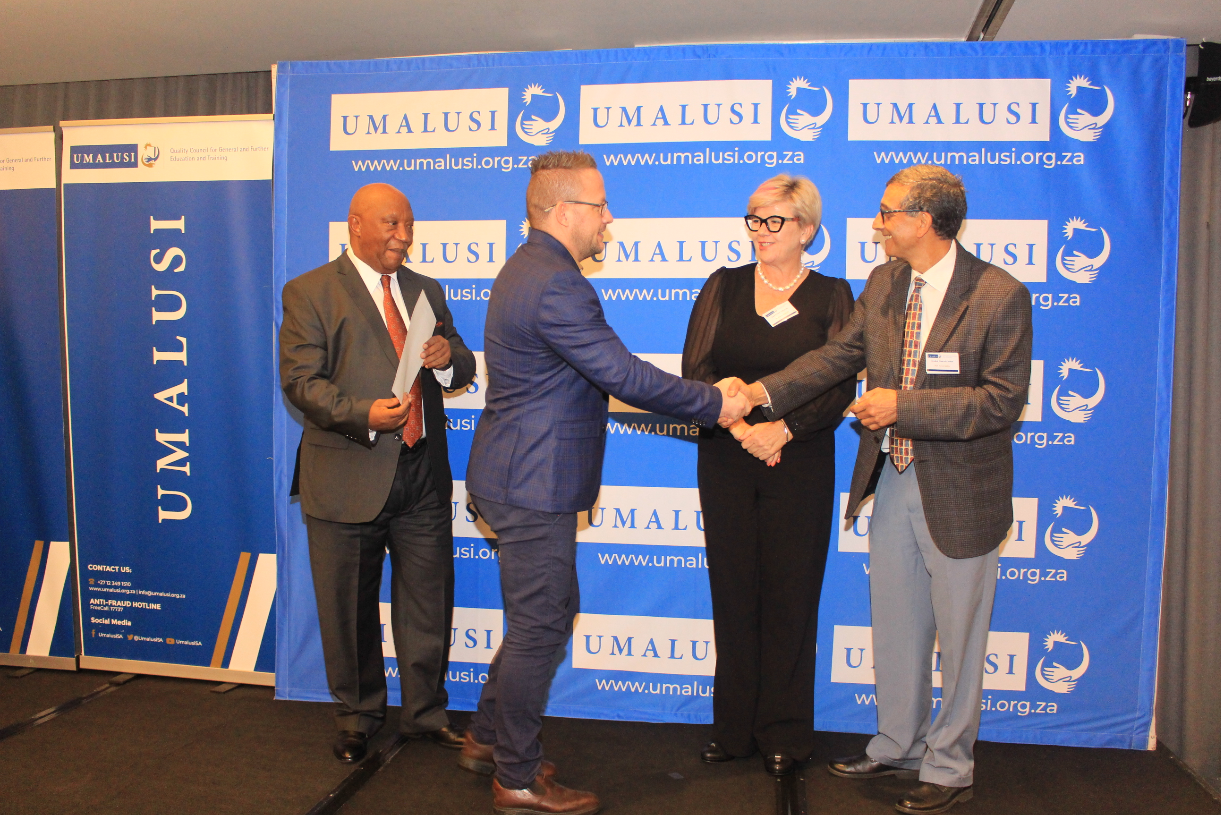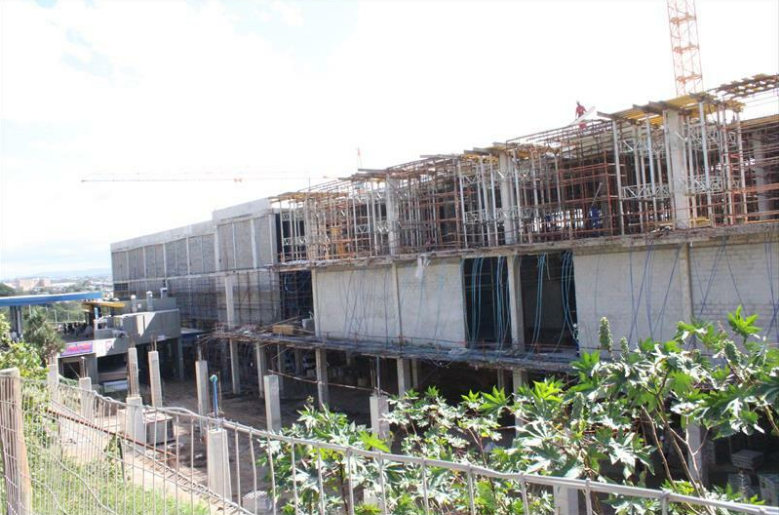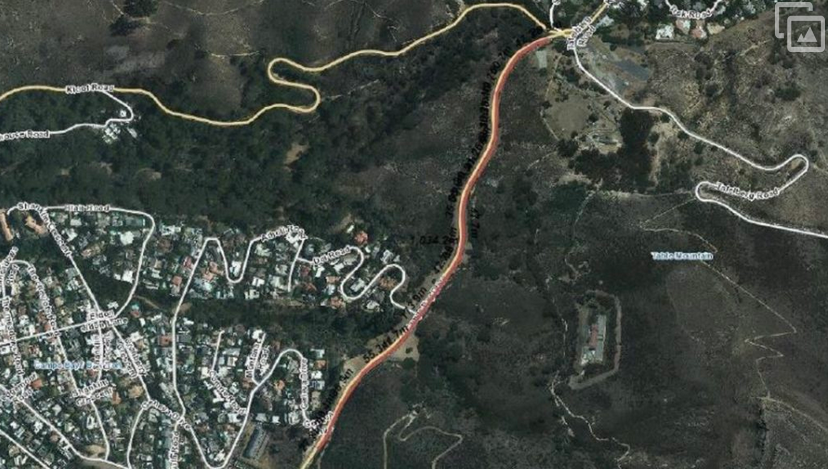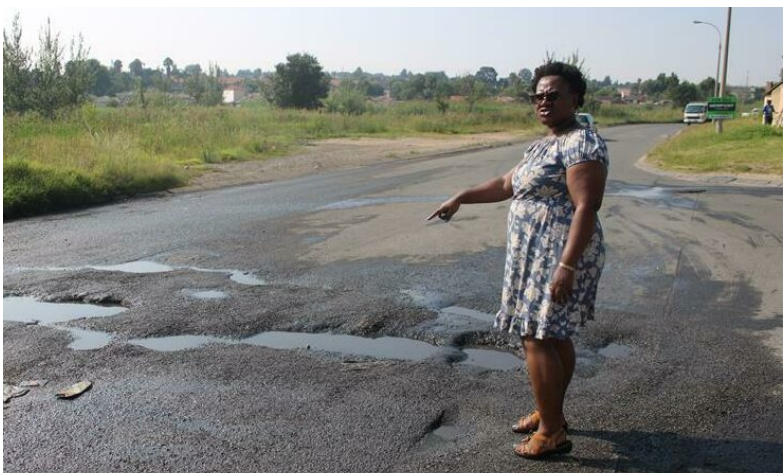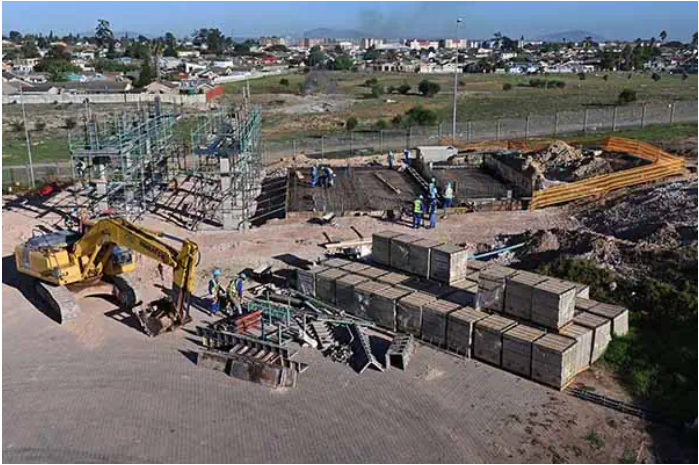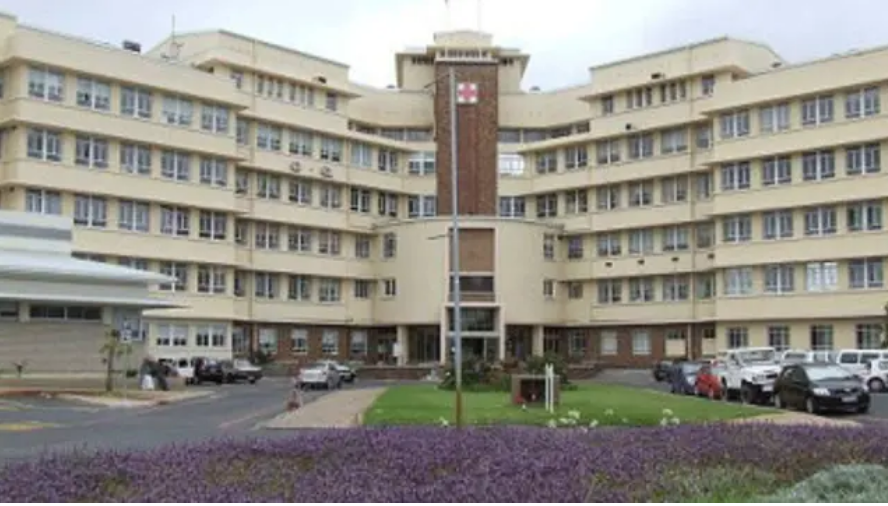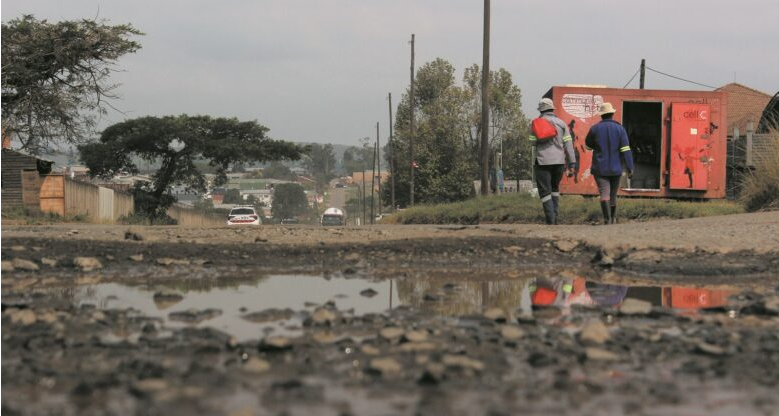Economic growth to grind to a halt?

17-04-2014
Read : 65 times
Moneyweb
Source
JOHANNESBURG – South Africa’s economic growth is expected to decline sharply in the first quarter of this year and could even grind to a halt.
Speaking at an Old Mutual Investment Group briefing, Johann Els, senior economist, said although complete sets of economic data for the first quarter have not been released, initial indications suggest that the significant decline in mining production could see first quarter gross domestic product (GDP) reach levels of around 0%.
“It may be slightly positive, it may be slightly negative.”
Whatever the final figure, it is expected to be significantly lower than the GDP number of around 4% reached in the last quarter of 2013.
The strike in the platinum mining industry has entered its 12th week and has cost employees around R5.9 billion in lost wages. Platinum miners have lost revenues of almost R13.2 billion.
Against this background, Old Mutual Investment Group has lowered its GDP forecast from 2.7% to 2.5% for this year.
“So once again a fairly mediocre year for growth.”
The group’s expectation is in line with earlier projections by the International Monetary Fund (IMF), which cut South Africa’s growth forecast for 2014 to 2.3% from 2.8%. The Reserve Bank also lowered its outlook for the year to 2.6% from an earlier 2.8%.
The subdued growth is not only bad news for job-creation, but is also expected to inhibit fixed investment.
Fixed investment
Els says underlying economic data does not suggest that private sector fixed investment will get a significant boost, especially since the economy is very subdued.
Consequently there are no meaningful manufacturing capacity problems that would move private investors to build more factories or buy more machinery.
The National Development Plan (NDP) has set a fixed investment target of 30% of GDP by 2030.
Fixed investment currently makes up around 19% of South Africa’s GDP.
Els says the target of 30% looks “a bit demanding”.
Although the country will probably move closer to the target along the line, he doubts whether it will reach the target.
“We need a far stronger economy, a far more fast-growing economy to help the private sector in their investment decision-making.”
However, there is some good news. The Bureau of Economic Research’s building and construction survey has showed an improvement in confidence amongst architects and quantity surveyors and the civil engineering industry has noted growth in construction activity.
Els says while these are positive factors which suggest that fixed investment growth will improve, it will probably not be at a level needed to boost the economy.
The consumer
Els says the economic environment is more supportive of consumers than during the recession of 2008/2009. Consumers have not experienced the same significant rise in inflation and job losses that caused negative consumer spending growth in real terms at the time.
However, consumers are still under pressure, disposable income growth has slowed and while inflation is expected to rise and remain a risk, the pass-through is likely to be less severe due to the weak economic climate.
While consumer price inflation is expected to breach the top-end of the target range of between 3% and 6%, Els expects it to peak at 6.5% in the middle of this year.
While more interest rate hikes are on the cards the cycle is likely to be subdued. He anticipates another two hikes of 50 basis points in the cycle although it may not be announced in increments of 50 but could be a few announcements of 25 basis points. Hikes may also not be announced at every meeting.
Els says there are improved short-term indicators for inflation – the economy is weak, the rand is more stable and food price inflation has not been as high as initially expected. The petrol price could also drop slightly at the beginning of next month.
“So they don’t need to hike by 50 [basis points] at every meeting. It’s going to be a mild cycle.”
Recent News
Here are recent news articles from the Building and Construction Industry.
Have you signed up for your free copy yet?
